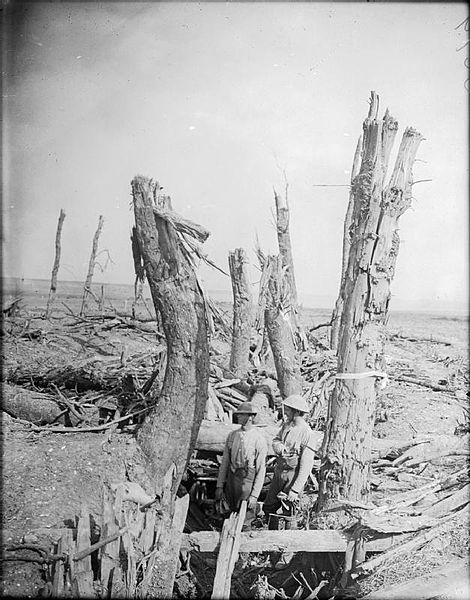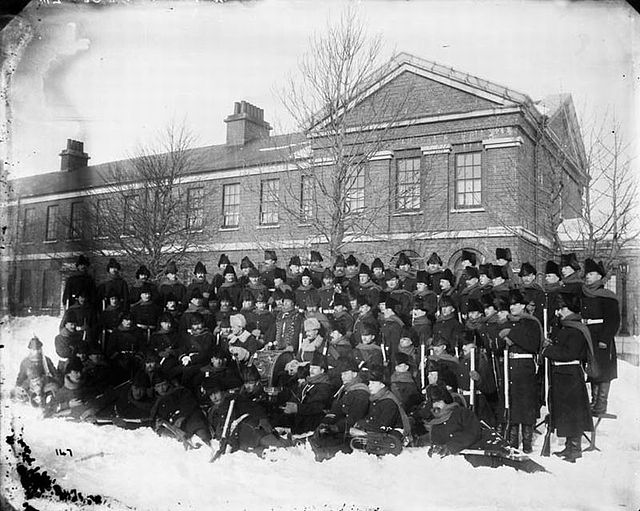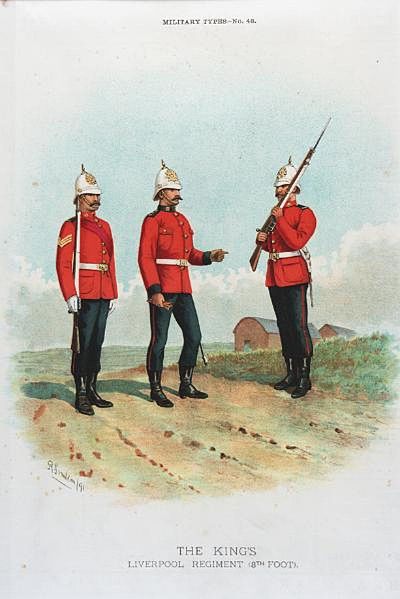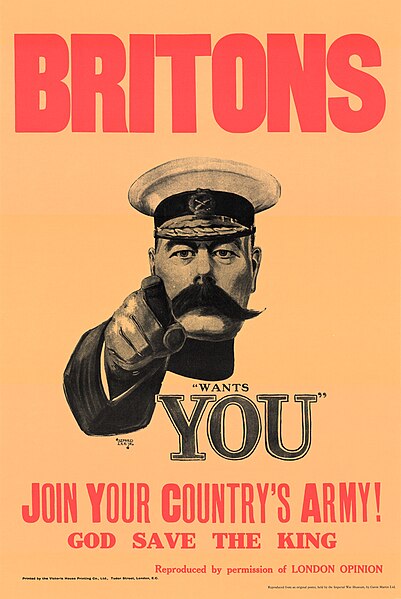5th Battalion, King's Regiment (Liverpool)
The 5th Battalion, King's Regiment (Liverpool) was a volunteer unit of the King's Regiment (Liverpool) of the British Army. It traced its heritage to the raising in 1859 of a number rifle volunteer corps in Liverpool, which were soon consolidated into the 1st Lancashire Rifle Volunteer Corps (RVC). It was affiliated to the King's Regiment (Liverpool), and became its 1st Volunteer Battalion of the regiment. In 1908 the battalion was transferred to the new Territorial Force as the 5th Battalion, King's Regiment (Liverpool). It saw active service on the Western Front during World War I, as did its second line second-line battalion, and even a garrison battalion. Before World War II it again formed a second line battalion. Both served in home defence, but the 5th King's landed in Normandy on D Day as part of a specialist beach group 1939. When the Territorial Army was reduced in 1967, the 5th King's became a company of the Lancastrian Volunteers.
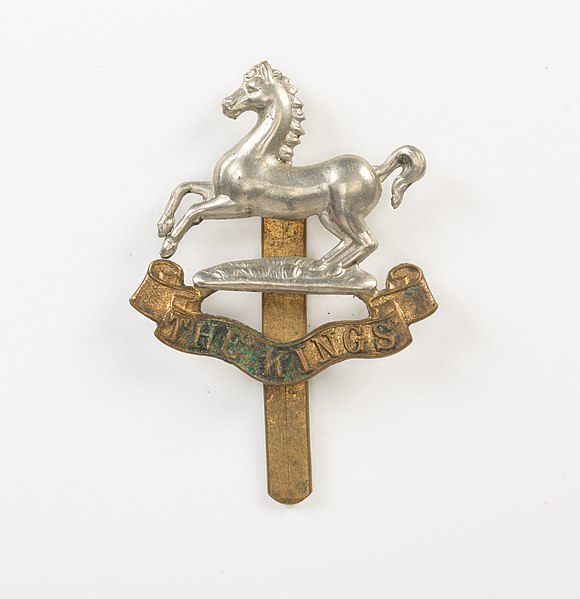
Badge of the King's Regiment (Liverpool), 1908–1927. A version with black metal was worn by the 5th King's.
British soldiers in a wrecked German trench at Ginchy, 1916.
British infantry at Morval, 25 September 1916.
Men of 55th (WL) Division marching through Béthune after the defence of Givenchy, April 1918.
King's Regiment (Liverpool)
The King's Regiment (Liverpool) was one of the oldest line infantry regiments of the British Army, having been formed in 1685 and numbered as the 8th (The King's) Regiment of Foot in 1751. Unlike most British Army infantry regiments, which were associated with a county, the King's represented the city of Liverpool, one of only four regiments affiliated to a city in the British Army. After 273 years of continuous existence, the regiment was amalgamated with the Manchester Regiment in 1958 to form the King's Regiment (Liverpool and Manchester), which was later amalgamated with the King's Own Royal Border Regiment and the Queen's Lancashire Regiment to form the present Duke of Lancaster's Regiment (King's, Lancashire and Border).
"D" Company of the 1st King's, Wellington Barracks, Halifax, Nova Scotia, early 1890s.
An officer, sergeant and private in full dress uniform, by Richard Simkin. (Dated 1891)
The inspection of the Liverpool Pals by Lord Kitchener in front of St George's Hall, Liverpool, 20 March 1915.
A recruitment poster featuring Lord Kitchener.


